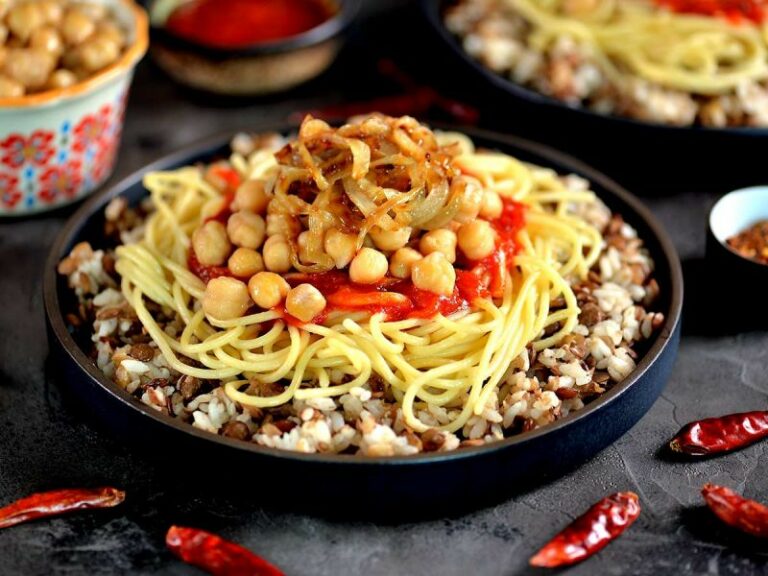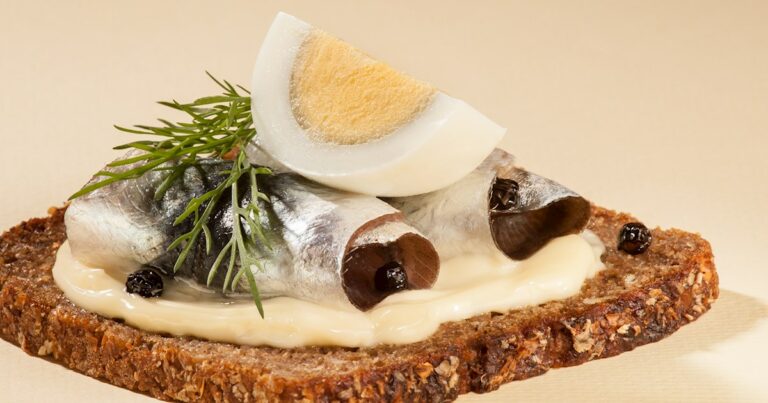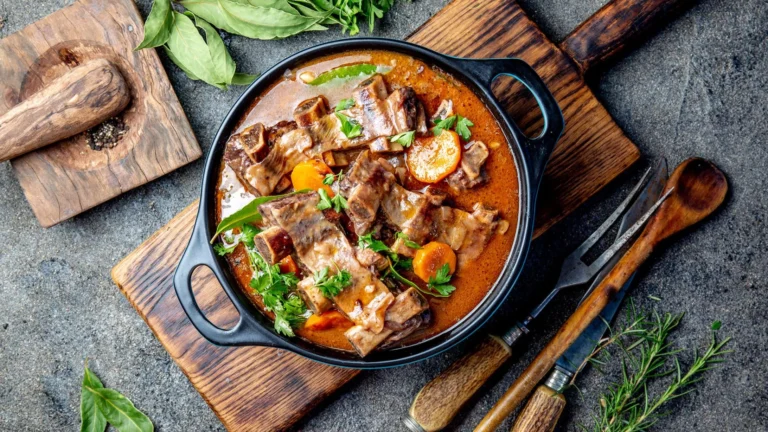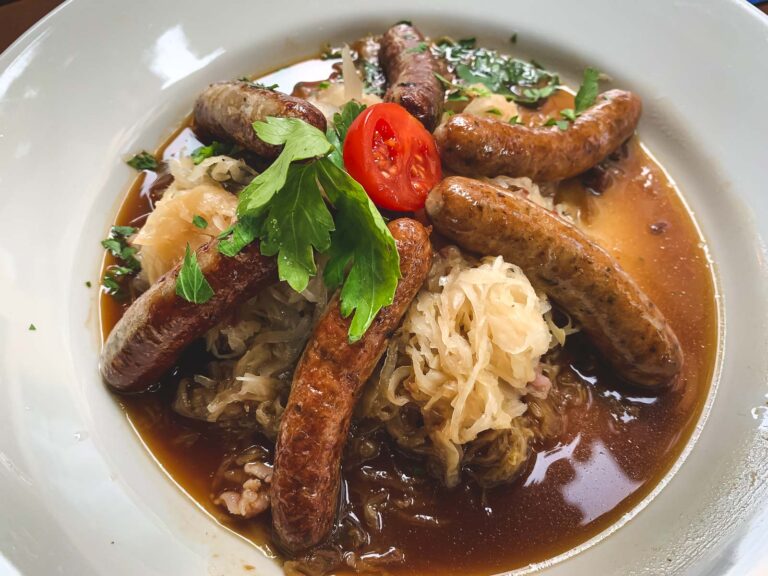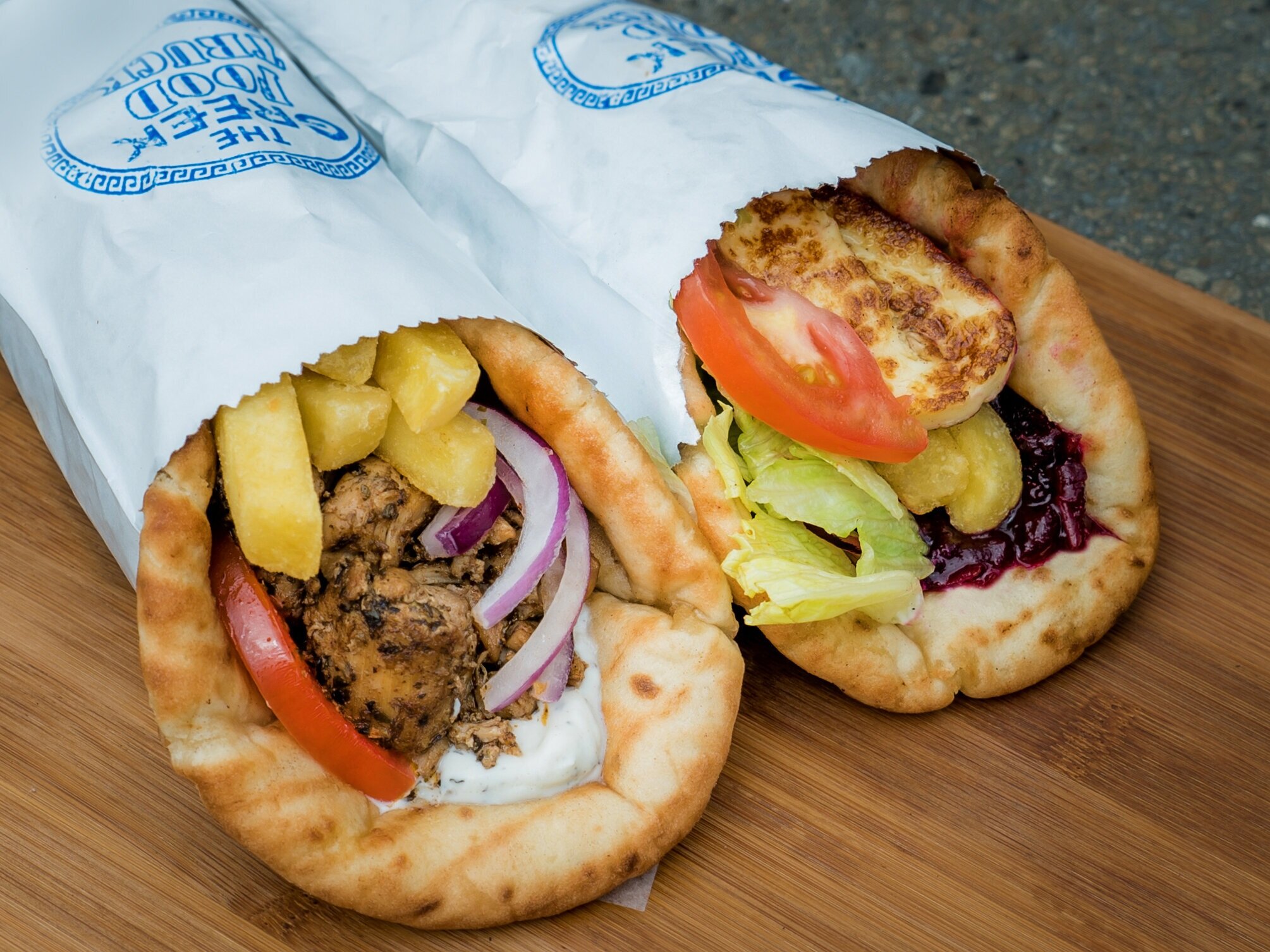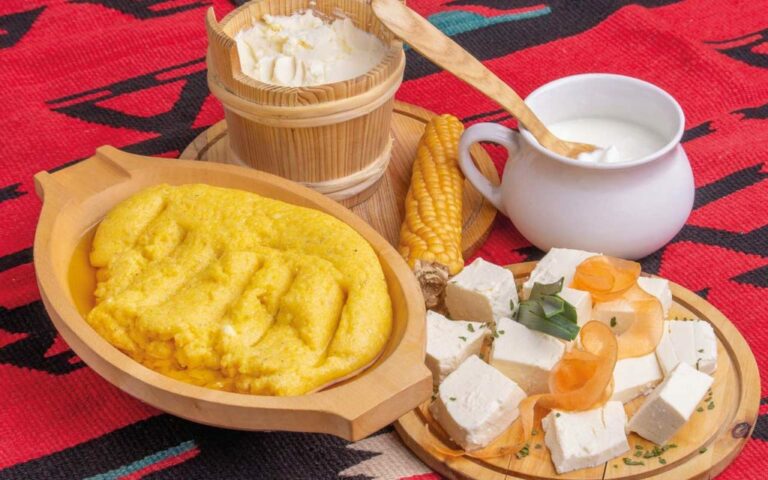Introduction to Egyptian Cheeses
Egypt has a long and rich history of cheese-making, dating back to the time of the pharaohs. The country has a wide variety of cheeses that are unique in texture, taste, and aroma. They are made from cow, buffalo, and goat milk, and are often seasoned with herbs and spices.
Egyptian cheeses are not as well-known as French or Italian cheeses, but they certainly have their own unique flavor and are worth exploring. In this article, we will introduce you to some of the most popular Egyptian cheeses, including baladi, rumi, domiati, ras, ackawi, mish, and zabady.
Baladi Cheese: A Traditional Egyptian Cheese
Baladi cheese is a traditional Egyptian cheese that is made from cow’s milk. It is a soft cheese that is similar in texture to feta cheese, but with a milder flavor. Baladi cheese is often used in salads, sandwiches, and omelets.
This cheese is made using a traditional method that involves curdling the milk with rennet, draining the whey, and then pressing the cheese into molds. It is then soaked in brine for a few days to give it its characteristic salty taste. Baladi cheese is typically sold in small rounds or wedges.
Rumi Cheese: A Unique and Flavorful Option
Rumi cheese is a unique and flavorful cheese that is made from sheep’s milk. It has a strong, tangy taste and a crumbly texture. Rumi cheese is often used in savory dishes, such as pastries, stews, and grilled meats.
This cheese is made using a similar method as baladi cheese, but with sheep’s milk instead of cow’s milk. It is aged for several months to develop its distinctive flavor and texture. Rumi cheese is typically sold in large rounds or wedges.
Domiati Cheese: A Soft and Creamy Delight
Domiati cheese is a soft and creamy cheese that is made from cow’s milk. It is similar in texture to mozzarella cheese, but with a milder flavor. Domiati cheese is often used in sandwiches and pizzas.
This cheese is made using a modern method that involves adding bacterial cultures to the milk to ferment it. It is then heated and stretched to give it its characteristic texture. Domiati cheese is typically sold in small rounds or blocks.
Ras Cheese: A Hard and Tangy Cheese
Ras cheese is a hard and tangy cheese that is made from cow’s milk. It has a sharp flavor and a crumbly texture. Ras cheese is often used in sandwiches, salads, and pasta dishes.
This cheese is made using a traditional method that involves curdling the milk with rennet, draining the whey, and then aging the cheese for several months. Ras cheese is typically sold in small rounds or wedges.
Ackawi Cheese: A Popular Cheese in Egyptian Cuisine
Ackawi cheese is a popular cheese in Egyptian cuisine that is made from cow’s milk. It has a mild, buttery flavor and a smooth texture. Ackawi cheese is often used in sandwiches and pastries.
This cheese is made using a modern method that involves adding bacterial cultures to the milk to ferment it. It is then heated and stretched to give it its characteristic texture. Ackawi cheese is typically sold in small rounds or blocks.
Mish Cheese: A Salty and Sharp Cheese
Mish cheese is a salty and sharp cheese that is made from goat’s milk. It has a crumbly texture and a strong, tangy flavor. Mish cheese is often used in salads and sandwiches.
This cheese is made using a traditional method that involves curdling the milk with rennet, draining the whey, and then pressing the cheese into molds. It is then soaked in brine for several days to give it its characteristic salty taste. Mish cheese is typically sold in small rounds or wedges.
Zabady Cheese: A Classic Egyptian Yogurt Cheese
Zabady cheese is a classic Egyptian yogurt cheese that is made from strained yogurt. It has a thick, creamy texture and a tangy flavor. Zabady cheese is often used in dips and sauces.
This cheese is made by straining yogurt in a cheesecloth until it becomes thick and creamy. It is then seasoned with salt and herbs, and sometimes mixed with garlic or cucumber. Zabady cheese is typically sold in small containers.
Conclusion: Exploring the World of Egyptian Cheeses
Egyptian cheeses are a unique and flavorful addition to any cheeseboard or dish. From the mild and creamy Domiati cheese to the tangy and sharp Mish cheese, there is a cheese for every palate. Whether you are a cheese lover or just curious to try something new, we encourage you to explore the world of Egyptian cheeses.

